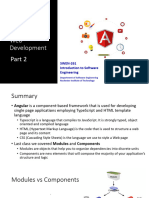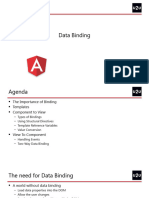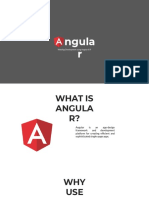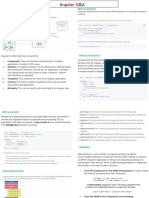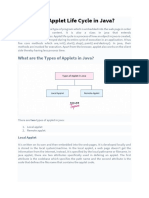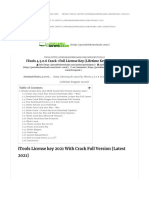0% found this document useful (0 votes)
8 views12 pagesAJS Notes - Unit-2
Data binding in Angular is a technique that synchronizes data between the UI and the underlying data source, facilitating a seamless connection between the view and business logic. It can be categorized into one-way and two-way data binding, with various methods such as string interpolation, property binding, and event binding. Additionally, the Document Object Model (DOM) is crucial for manipulating HTML and XML documents, enabling dynamic content updates and user interactions.
Uploaded by
kowshikgantyada0805Copyright
© © All Rights Reserved
We take content rights seriously. If you suspect this is your content, claim it here.
Available Formats
Download as PDF, TXT or read online on Scribd
0% found this document useful (0 votes)
8 views12 pagesAJS Notes - Unit-2
Data binding in Angular is a technique that synchronizes data between the UI and the underlying data source, facilitating a seamless connection between the view and business logic. It can be categorized into one-way and two-way data binding, with various methods such as string interpolation, property binding, and event binding. Additionally, the Document Object Model (DOM) is crucial for manipulating HTML and XML documents, enabling dynamic content updates and user interactions.
Uploaded by
kowshikgantyada0805Copyright
© © All Rights Reserved
We take content rights seriously. If you suspect this is your content, claim it here.
Available Formats
Download as PDF, TXT or read online on Scribd
/ 12















